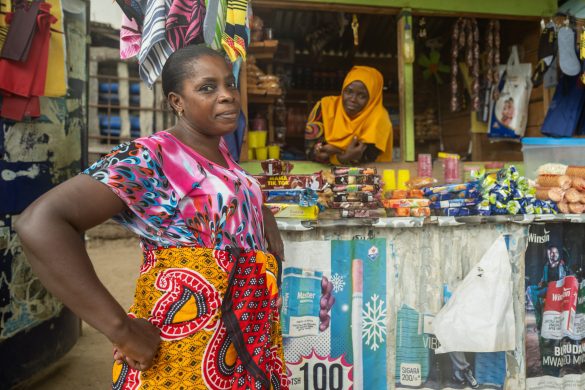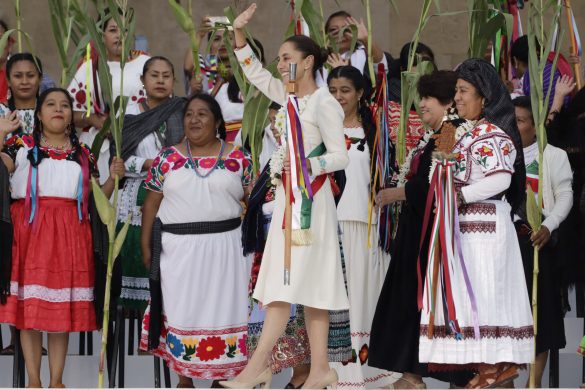Der bliver svindlet godt og grundigt med tilladelser til at fælde skov i Peru, og det er fordi skovryddere udnytter et tiltag, der netop skulle gøre op med den lyssky skovrydning, skriver Amazon Watch.
Attempts to establish sustainable logging practices in the Peruvian Amazon are encouraging illegal activities, according to a report published by the open-access journal Scientific Reports.
Almost 70% of all the logging concessions inspected by Peru’s authorities have been suspected of “major violations”, states the report, and almost 50% have been cancelled “due to confirmed major violations.”
This means that out of the total 609 concessions in the entire Peruvian Amazon – 36% of which have not been inspected – almost 45% are either under investigation or have been cancelled.
One region – called Loreto, Peru’s biggest, and the location for more than 40% of the concessions – has seen a 300% rise in the number of concessions recently cancelled.
Peru’s logging system was overhauled by a Forestry Law in 2000 and supposedly strengthened by a trade agreement between Peru and the USA that came into force in 2009, but the new legal framework has been exploited for illegal purposes.
The requirement to declare which individual, GPS-referenced trees will be cut in a one or five year period has led many loggers to, among other strategies, invent the existence of trees, log in other areas, and then claim such trees came from inside their concessions and use the paperwork from such concessions to “prove” it.
The report, titled Logging Concessions Enable Illegal Logging Crisis in the Peruvian Amazon, states:
“One of the most commonly cited problems [experienced by OSINFOR, the government’s supervisory body] was not finding the stumps of the supposedly harvested trees at the coordinates stated in the [Annual Operating Plan]…
The majority of logging concessions are enabling illegal logging outside the approved concession area. OSINFOR cited over 55% of the supervised concessions with timber extraction outside of the concession limits…
Our analysis indicates that logging is not contained to delimited concessions and continues to threaten all forested areas, including protected areas and indigenous territories. Moreover, this illegal timber extraction takes place using the very regulatory documents designed to ensure sustainable logging.”
According to the report, co-authored by four researchers from the Centre for International Environmental Law (CIEL), the Amazon Conservation Association (ACA), the Instituto de Pesquisos Ecológicas in Brazil and two universities in the USA, most of the violations concern “CITES-listed cedar species, cited in 57.8% of the supervised concessions” – CITES being an international treaty aimed at ensuring trade in wild fauna and flora does not threaten their survival.














